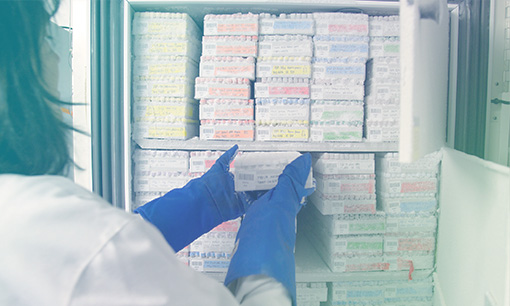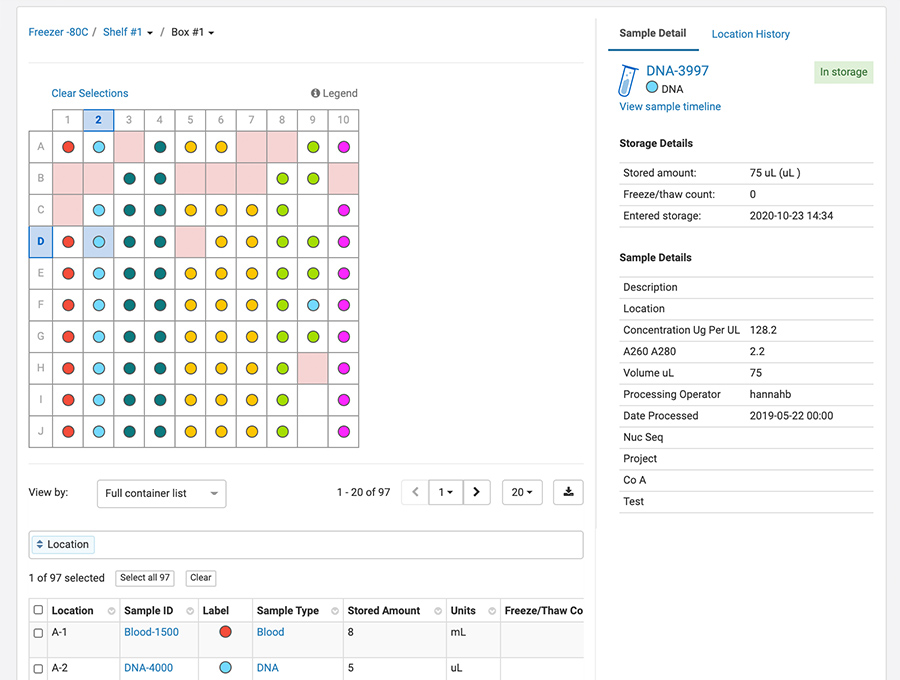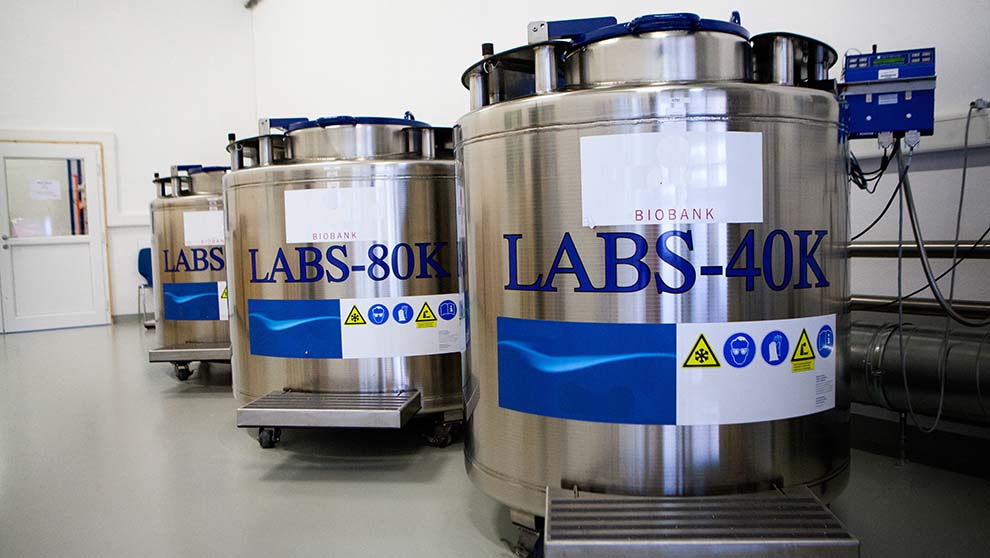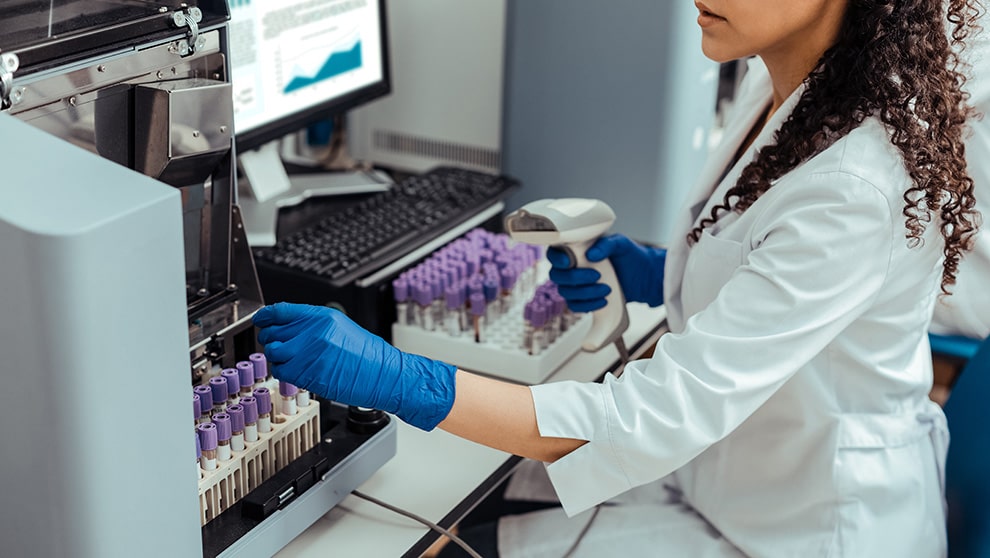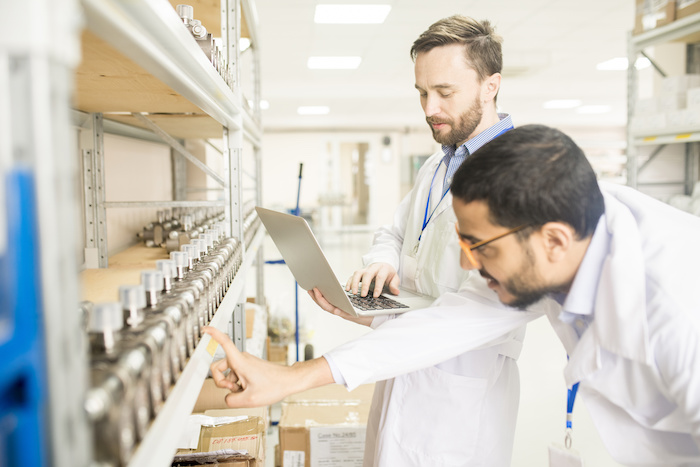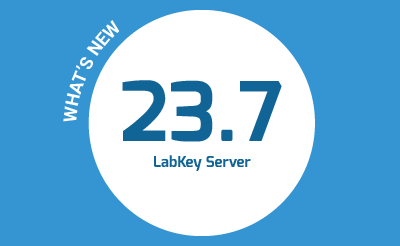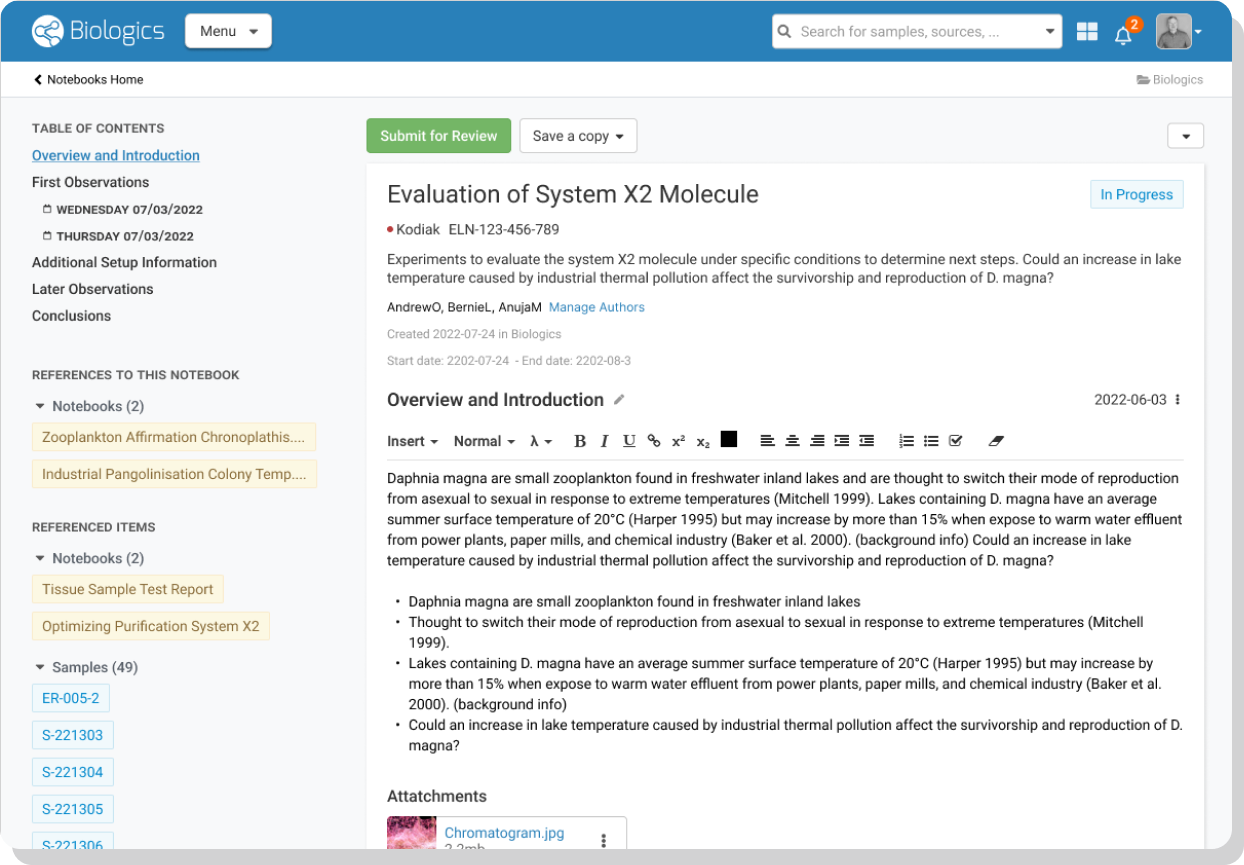If you’ve worked in a lab, you’ve likely used some form of freezer management to manage your sample storage. For some labs, this may simply be a paper lab notebook where freezers, boxes, and sample locations are annotated. Others may periodically update an Excel file with samples stored in the freezer and place a print out of the spreadsheet on the freezer itself. However, for truly efficient and organized labs, nothing beats having freezer management software to manage your freezer capacity and sample inventory. Below are 3 key reasons why you need software to manage your lab freezer storage.
1. Your samples are precious and should be treated that way.
Samples can be one of the most precious things in the lab, sometimes they are even irreplaceable. The time spent collecting, processing, and collecting data from samples means they are valuable not only to your research but also to the cost efficiency of your lab. Misplacing and looking for lost samples can be a huge waste of time for laboratory staff and even more so if the samples are never found. Using freezer management software ensures that your freezers are kept organized and reduces the chances that you will misplace valuable samples.
2. Excel and paper-based freezer management can’t keep up with busy labs.
Although Excel and paper-based systems may be able to keep up with the needs of a very small lab, they are very difficult to keep updated with accurate information and definitely don’t meet the needs of larger or growing labs. Busy staff in the lab will need to manually/visually judge freezer capacity, update multiple sheets and samples when making simple changes, and have to manually keep track of sample volumes and freeze/thaw counts. This method of freezer management is highly prone to errors from day-to-day use not to mention during scheduled clean-outs and organization of the freezer.
3. Complete and accurate auditing is nearly impossible without freezer management software.
Auditing and organizing your samples is a much easier task with freezer management software. You’ll have a full record of all check-in/check-out events for samples, by which staff, and a full history of the location and movement of samples in the freezer. This level of completeness and accuracy is much more difficult to achieve using paper or excel. Freezer management software captures all of the information you need for a comprehensive audit of your freezer storage and samples.
Freezer Management with LabKey Sample Manager
With Sample Manager, we have introduced a sample-centric freezer management solution into the application. This means you can create samples, add metadata and lineage information, perform work and even upload assay data — all without having to use the freezer management tool. Of course, if you plan to store your samples, freezer management is there to help by:
- Managing your freezer with an end-to-end sample tracking system that stores the entire sample history and chain of custody in one place
- Providing a customizable, flexible structure to accurately reflects the physical freezers in your lab
- Tracking samples in and out of the freezer (freeze/thaw counts) and automatically calculating and tracking sample volumes
- Helping you to easily find samples in the freezer and move samples between freezers
- Tracking and maintaining full audit logs of the freezer and of the samples
The best way to encourage users to adopt a new system is by providing them with benefits that actually help them- save them time, make tasks simpler, etc. Additionally, when a system becomes the primary source of truth for team members, it becomes easier to adopt because that’s where the information lies. Click here to learn more about our freezer management solution.

